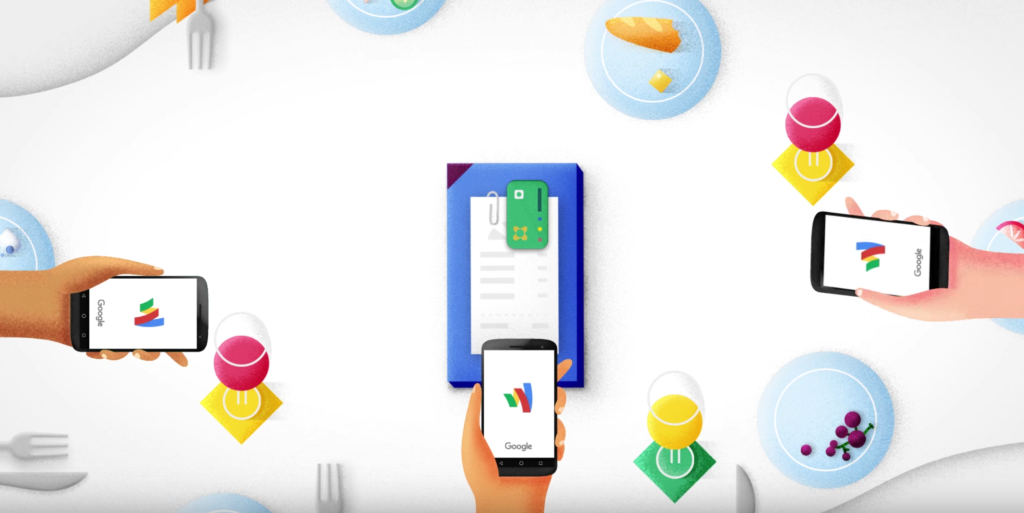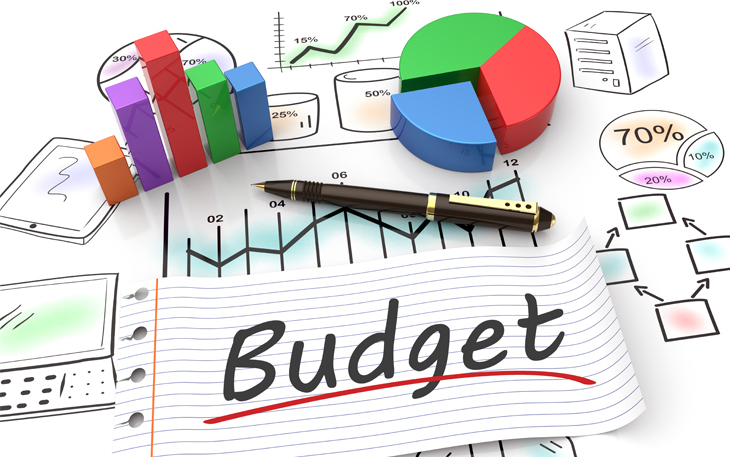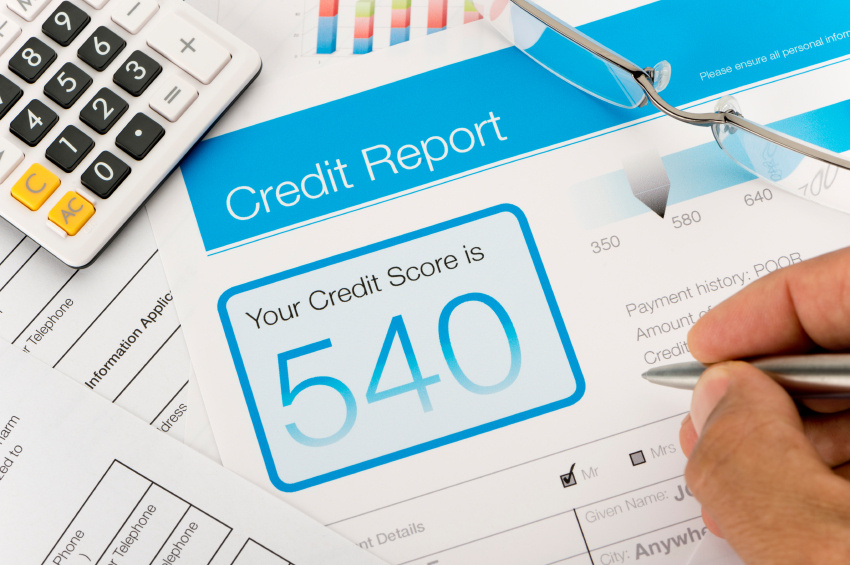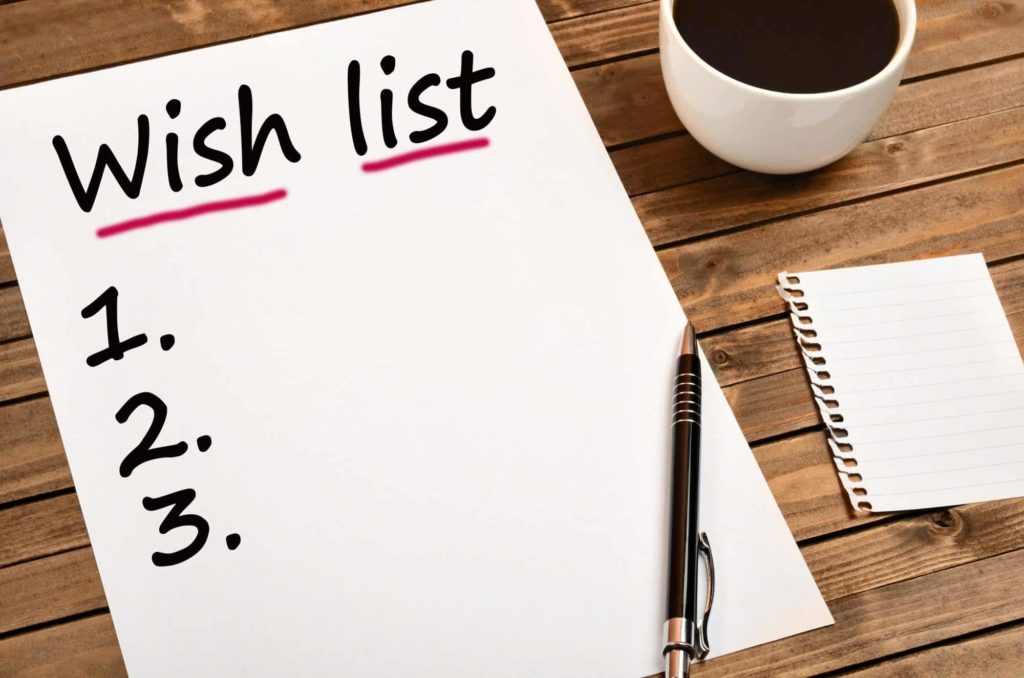
Money does not have to be complicated or difficult. In fact, there are many simple strategies to help keep your money in shape. Here are our top 10 tips and tricks to help you stay on top financially.
1. Automatic Transfers

One small trick that you can employ right away is to set up small, automatic transfers with your bank accounts. If you have a checking and a savings account, set up a small transfer to happen each week, moving money from your checking to your savings on a regular basis. This will make you start saving money without even realizing that you are! Even if you are able to put $20 aside each week, this will quickly add up and help you build a nice savings that you can use in the future for anything. Set the transfer and just forget about it- you will be happy when you see that savings number going up!
2. Make a Budget
Sitting down and looking over your income in comparison to your bills is essential. Everyone should have some kind of budget so that you know exactly how much money you are taking in and where that money goes. Your budget does not have to be complicated, it can be as simple as showing your income and your monthly bills that will come out of your account regularly. You can make your budget more complex, giving yourself spending allowances for things like food and entertainment. You can even use a budgeting program online or a budget app to help you track your spending even more. No matter which you choose, having a budget will help keep your money in shape, ensuring that you do not overspend.
3. Update Your Budget

Once you have set up a budget for yourself, you should update it regularly. Maybe your income changes or your bills go up, you will need to adjust your budget to reflect any changes. Staying on top of your budget and changing your spending means keeping your money in shape!
4. Set up Alerts
Many of your accounts might be able to automatically alert you of spending, helping you stay on top of your money. Your bank can likely send alerts to your phone or email anytime money is deposited or withdrawn. Many credit cards can send you an alert at every purchase or, at a minimum, when suspicious charges are placed on your card. You can even set up alerts when you bank account dips down to a certain amount, ensuring that you do not overdraft. Set up as many alerts as possible so that you are constantly informed about the state of your finances.
5. Check Your Credit Report

Your credit report is a great indicator of your financial health. You should check it frequently and take the time to go over every line, seeing if anything changed. You may be surprised to find errors on your credit report and, if you do, you should call and dispute them. Checking your report often will also help you see how to improve your credit and which accounts have the biggest effect on your score.
6. Tackle Your Debt
No matter what kind of debt you have, you need to face it straight on and work toward becoming debt-free. Take a minute to really assess your debt and make a plan to pay it off without causing you other financial struggles. One easy method to do this is to investigate taking out a personal loan, getting you instant money to pay off all your debts in full. Once your debt has been consolidated, you will have one, easy to manage loan that may even have a lower interest rate. You can make one easy payment each month and know that your debt is going down. To find out further information on loans please visit MoneyMeFinance.
7. Make a Wish List

When you feel inclined to make an impulse purchase, stop yourself and write down what you were about to buy. Keep a list for an entire month but do not make any actual purchase for items you don’t need. At the end of the month, look at your list and, at that time, buy the things you still need or want. However, if the urge to buy something has passed, cross it off the list! You will save a lot when you consciously cut back on buying unnecessarily.
8. Use an App
There are lots of great financial apps and programs that you can easily use to help you track your spending, track your savings and even give you alerts when you are going outside your monetary bounds. Use these tools to help you get ahead financially and really see where your money is going. With all the options out there, you are sure to find an app that works for you.
9. Use Cash

Rather than reaching for your credit cards to make purchases, try carrying cash instead. Allow yourself a certain amount of spending cash each week and physically withdraw that amount from the bank. Paying in actual cash makes spending seem more real and will help you control what you are spending on. When you see that cash physically disappear, you may find yourself becoming more frugal right away!
10. Start Investing
If you find that you have extra money at the end of each month (hurray!), consider investing it. There are many ways that you can invest your money, making much more than you would if you simply put it into a savings account. Look into purchasing stocks, bonds or just adding money to a retirement account. Resist the urge to spend extra money and start saving it in a smart way. Consider consulting a professional if you want help setting up certain investment accounts.
Use these little tricks to help keep your money in shape. Consolidate your debt with instant money, utilize financial apps wisely, try using cash for purchases and then hold back before you buy. Saving money can be easy and when you have a plan in place, you can definitely do it!














